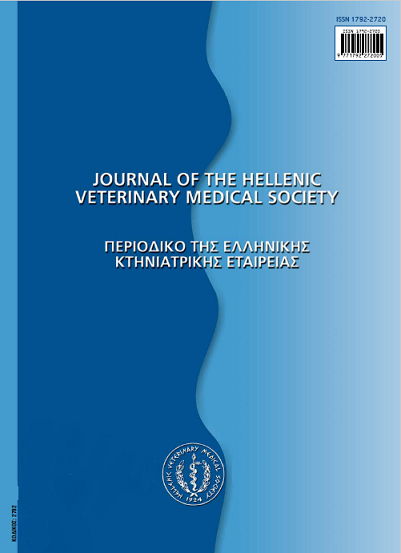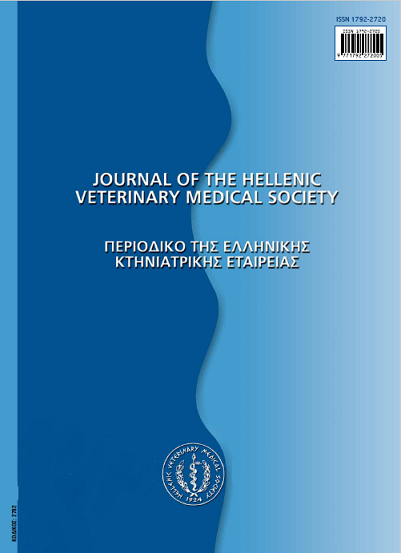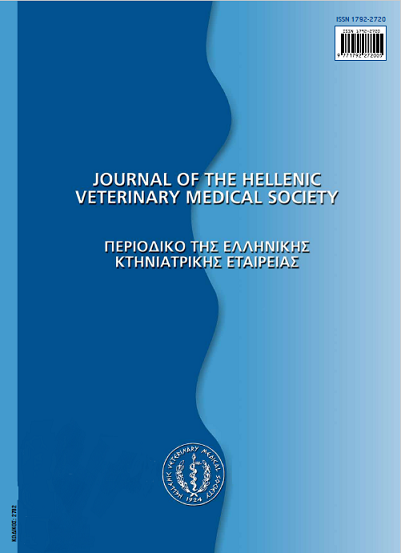Cardiopulmonary resuscitation in a swine model of cardiac arrest

Abstract
Introduction: Cardiac arrest (CA) is a daunting medical emergency. In order to answer various questions regarding CA, and furthermore to implement novel therapeutic strategies, various animal models have been used.
Aim: The aim of the present study is to describe the experimental model of CA and cardiopulmonary resuscitation (CPR), developed in our department.
Materials and methods: Twenty pigs were anaesthetized and intubated. The internal jugular veins were surgically prepared, together with the carotid artery. Ventricular fibrillation (VF) was induced with an ordinary lithium battery through a pacing wire inserted into the right ventricle. The animals were resuscitated with the 2005 advanced life support algorythm (ALS), as proposed by International organizations. If the animals restored spontaneous circulation, they were further monitored for 30 minutes.
Results: Nine animals restored spontaneous circulation with the implementation of the aforementioned protocol. Successful resuscitation was associated with the coronary perfusion pressure and PETCQ2 during external cardiac compressions.
Conclusions: The use of an ordinary lithium battery is a safe and efficient way to induce CA. Swine baseline hemodynamics closely resemble those of human, making the swine model, a favorable model for experimental CA-induction and CPR.
Article Details
- How to Cite
-
XANTHOS (Θ. ΞΑΝΘΟΣ) T., BASSIAKOU (Ε. ΜΠΑΣΙΑΚΟΥ) E., PAPADIMITRIOU (Δ. ΠΑΠΑΔΗΜΗΤΡΙΟΥ) D., KOUDOUNA (Ε. ΚΟΥΔΟΥΝΑ) E., LELOVAS (Π. ΛΕΛΟΒΑΣ) P., & PAPADIMITRIOU (Λ. ΠΑΠΑΔΗΜΗΤΡΙΟΥ) L. (2017). Cardiopulmonary resuscitation in a swine model of cardiac arrest. Journal of the Hellenic Veterinary Medical Society, 58(3), 232–243. https://doi.org/10.12681/jhvms.14988
- Issue
- Vol. 58 No. 3 (2007)
- Section
- Research Articles
Authors who publish with this journal agree to the following terms:
· Authors retain copyright and grant the journal right of first publication with the work simultaneously licensed under a Creative Commons Attribution Non-Commercial License that allows others to share the work with an acknowledgement of the work's authorship and initial publication in this journal.
· Authors are able to enter into separate, additional contractual arrangements for the non-exclusive distribution of the journal's published version of the work (e.g. post it to an institutional repository or publish it in a book), with an acknowledgement of its initial publication in this journal.
· Authors are permitted and encouraged to post their work online (preferably in institutional repositories or on their website) prior to and during the submission process, as it can lead to productive exchanges, as well as earlier and greater citation of published work.





